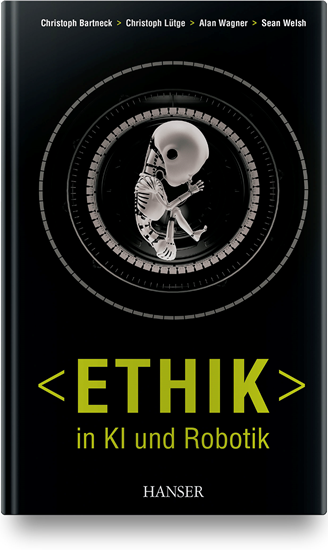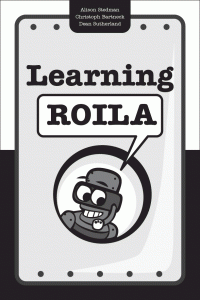My first scientific book in German is now available. Here is the blurb:

Was darf KI eigentlich?
Unser Leben wird zunehmend von Künstlicher Intelligenz (KI) und Robotik beeinflusst. Autonome Fahrzeuge kommen auf unsere Straßen, Roboter werden für eine Vielzahl von Aufgaben im Gesundheitswesen vorgeschlagen – von der Unterstützung älterer Menschen bis zum Einsatz bei Operationen – und Algorithmen entscheiden über Kreditanträge sowie sogar über den Einsatz automatischer Waffensysteme. Viele Menschen befürchten, dass KI langfristig die Kontrolle über unser Leben übernimmt.
Vor diesem Hintergrund wird es immer wichtiger, die ethischen Grundlagen und Auswirkungen des Einsatzes von KI und Robotik in unserer Gesellschaft zu diskutieren. Dieses Buch bietet eine Einführung in das Thema, die keine technischen, rechtlichen oder philosophischen Kenntnisse voraussetzt. Es behandelt Fragen des Vertrauens, der Verantwortung, der Haftung, des Datenschutzes und des Risikos in der Beziehung der Nutzer zu KI-Systemen und Robotik.
Die Autoren veranschaulichen die Themen im gesamten Buch anhand von Beispielen. Am jeweiligen Kapitelende befinden sich Fragen, die zur Diskussion von KI-Anwendungen einladen, von der Gesundheitsfürsorge bis zur Kriegsführung. Weiterführende Literatur dient ebenfalls als Anregung für den Leser.
Aus dem Inhalt:
- Was ist KI?
- Was ist Ethik?
- Fairness und Vertrauen in KI-Systeme
- Verantwortung und Haftung bei KI-Systemen
- Risiken der KI für Unternehmen
- Psychologische Aspekte der KI
- Privatsphäre und KI
- Human Enhancement
- Autonome Fahrzeuge
- Militärische Anwendungen der KI

